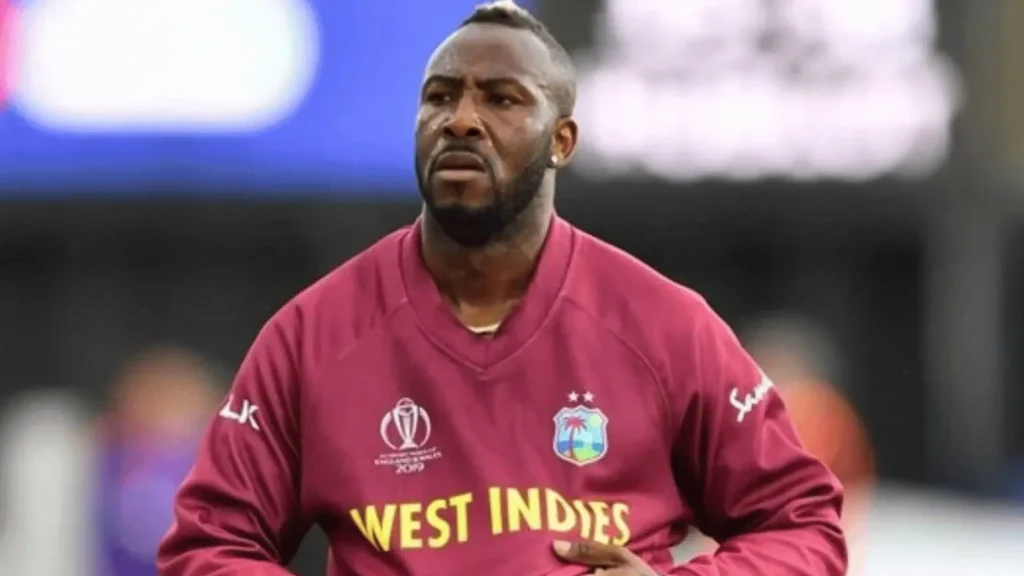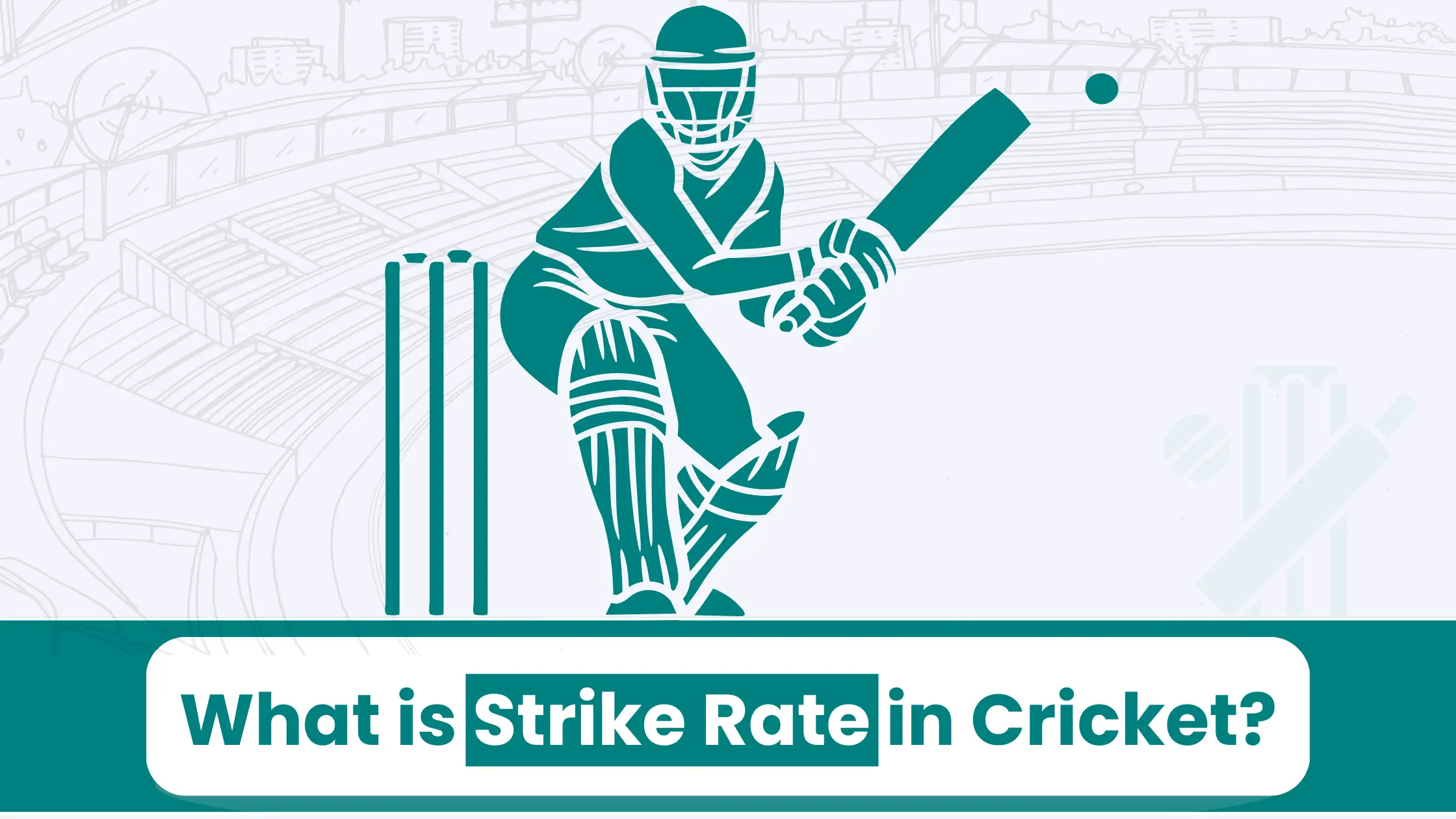The strike rate in cricket is one of the most commonly discussed metrics. It’s essential for both batsmen and bowlers, as it helps to measure the efficiency of players in different formats of the game. For batters, the strike rate refers to the average number of runs scored per 100 deliveries faced. A higher strike rate in cricket indicates an aggressive approach, with the batter trying to score runs quickly and put pressure on the opposing team.
In ODIs and T20Is, this is particularly important as the game moves at a fast pace. On the other hand, in Test cricket, where players have longer periods, the focus shifts more toward consistent runs and temperament rather than rapid scoring. The bowling strike rate, in contrast, is a metric that indicates how often a bowler takes a wicket. It is calculated by dividing the total balls bowled by the wickets taken.
A lower bowling strike rate reflects better performance, as it means the bowler is taking wickets more frequently. These two statistics, batting and bowling strike rates, are essential for understanding a player’s performance and efficiency in a game, especially as strike rate in cricket has become an integral part of cricket strategy across formats like ODIs, T20Is, and Tests. Let’s explore the topic more deeply that what is strike rate in cricket actually.
How to calculate strike rate in cricket
To understand the strike rate in cricket, it’s essential to know how it’s calculated. The batting strike rate measures a batsman’s ability to score runs quickly. It’s a specific amount of runs scored per 100 balls faced.
To calculate the strike rate in cricket, the total runs scored are divided by the total balls faced, then multiplied by 100. For example, if a batsman scores 60 runs off 40 balls, the strike rate will be calculated as (60 / 40) × 100, which equals 150.00. This means the batsman scores 150 runs for every 100 balls faced, showcasing their scoring pace.
Another example could be a batsman who scores 35 runs off 50 balls. Their strike rate would be (35 / 50) × 100 = 70.00. This comparison helps us see the difference in scoring pace even though the total runs may differ. A higher strike rate indicates a more aggressive and lethal approach, which can be crucial in formats like T20 and One-Day International cricket.
For example, Player A in a T20 match between Mumbai and Delhi scored 125 runs off 62 balls. By dividing 125 by 62 and multiplying by 100, Player A achieved a strike rate of 201.61. Similarly, when you calculate Virat Kohli’s career strike rate in ODIs, dividing 12,311 runs by 13,249 balls gives a strike rate of 92.92.
These examples show how the strike rate in cricket is a vital metric to assess a batsman’s effectiveness and their ability to score quickly, making them valuable assets in modern cricket.
Highest strike rate in cricket history
When it comes to strike rate in cricket, the highest values often come from batsmen who excel in limited-overs formats. In T20 cricket, where every ball counts, players like Ramesh Satheesan from Romania and Suryakumar Yadav from India have set records with impressive strike rates.
Satheesan currently holds the highest strike rate in T20I cricket, boasting an impressive 188 after just 17 matches. On the other hand, Yadav, known as “SKY”, has been a game-changer in T20 Internationals with a strike rate of 175.76, further elevating his status in the world of T20 cricket since his debut in 2021.
Andre Russell, a key player in the Indian Premier League (IPL), is another name synonymous with high strike rates. His lifetime strike rate of 174.92 has been a dominant force, making him one of the most feared batsmen in the IPL. These players show how a high strike rate can dramatically change the game by enabling batsmen to score quickly and dominantly.
Whether it’s Yadav revolutionizing the T20 format with his daring shots or Russell ending games with powerful six-hitting, these records highlight the evolving role of strike rates in modern cricket, emphasizing the value of fast scoring and power hitting.
Best Bowling Strike Rates
Glenn McGrath was a bowler who dominated cricket during the mid-1990s and into the late 2000s. Known for his sharp focus and relentless precision in line and length, he was instrumental in shaping Australian cricket history.
His ability to consistently trouble batters earned him a record of 563 wickets in 124 matches at an average of 21.64. What set McGrath apart was his strike rate of 51.95, placing him among the greatest bowlers ever. His name resonates in the cricketing world as the sixth-highest wicket-taker, showcasing his unwavering determination.
Similarly, Ravichandran Ashwin, India’s modern-day match-winner, has proven his mettle time and again. Since his Test debut against West Indies in 2011, he has emerged as a pivotal figure in the red-ball format. With 486 wickets in 93 matches at an average of 23.61 and a stunning strike rate of 51.12, Ashwin has redefined off-spin bowling.
Achieving five-wicket hauls frequently, he has surpassed cricketing legends in this longest format of the game. Both McGrath and Ashwin represent different eras but share the commonality of leaving a lasting legacy in cricket.

Best Batting Strike Rates
Andre Russell has established himself as one of the most explosive players in ODI cricket, thanks to his outstanding batting strike rate of 130.22 across 56 matches. His ability to score quickly puts him at the top position on the list of batsmen with the highest batting strike rate.
Meanwhile, Glenn Maxwell, another aggressive batsman, holds a commendable strike rate of 126.36 in 145 matches, showcasing his consistency in hitting big runs. Paul Hoffmann, though he played fewer games (18 matches), recorded a solid 123.18 strike rate, which speaks to his aggressive style of play.
A batting strike rate indicates the speed at which a batsman accumulates runs, expressed as “runs per 100 balls.” For instance, if a player scores 56 runs off 114 balls, their strike rate would be 49.12, which appears relatively slow when compared to explosive hitters like Russell or Maxwell.
In contrast, a bowling strike rate gauges how fast a bowler takes wickets, with a lower number of balls per wicket reflecting superior performance.Both metrics highlight the skill and impact of players in the game, whether they are scoring runs or taking wickets.
Conclusion
So strike rate in cricket is more than just a number; it’s a reflection of a player’s efficiency and impact on the field. Whether you’re smashing runs like Andre Russell or taking crucial wickets like Glenn McGrath, the strike rate showcases a player’s ability to turn the game around. For batsmen, it shows how quickly they can score, making them invaluable in high-pressure moments. For bowlers, a low bowling strike rate signifies their knack for taking wickets consistently, highlighting their strategic value. The strike rate, whether for scoring or taking wickets, is a key measure of excellence in cricket.
FAQs
What does a 100% strike rate mean?
A 100% strike rate in cricket means a batsman scores one run per ball faced. For bowlers, it would mean taking a wicket with every ball, although this is very rare.
What is strike rate meaning in cricket?
Strike rate in cricket refers to how quickly a batsman scores or how fast a bowler takes wickets. For a batsman, it’s runs per 100 balls, and for a bowler, it’s balls per wicket, with a lower number being better for bowlers.
Which batsman has the highest strike rate?
Andre Russell has the highest strike rate in ODI cricket at 130.22 from 56 matches, followed by Glenn Maxwell and Paul Hoffmann.
Is 130 strike rate good?
Yes, a 130 strike rate in cricket is considered excellent in ODI cricket, as it indicates a batsman scores quickly, averaging over one run per ball. It shows the batsman is aggressive and capable of maintaining a high scoring rate.
Cricket Tamasha Team is a bunch of people, who create and share match breakdowns, blogs, player features and news from the world of cricket. Genuine fans will appreciate our determination to keep fans both informed and entertained.

